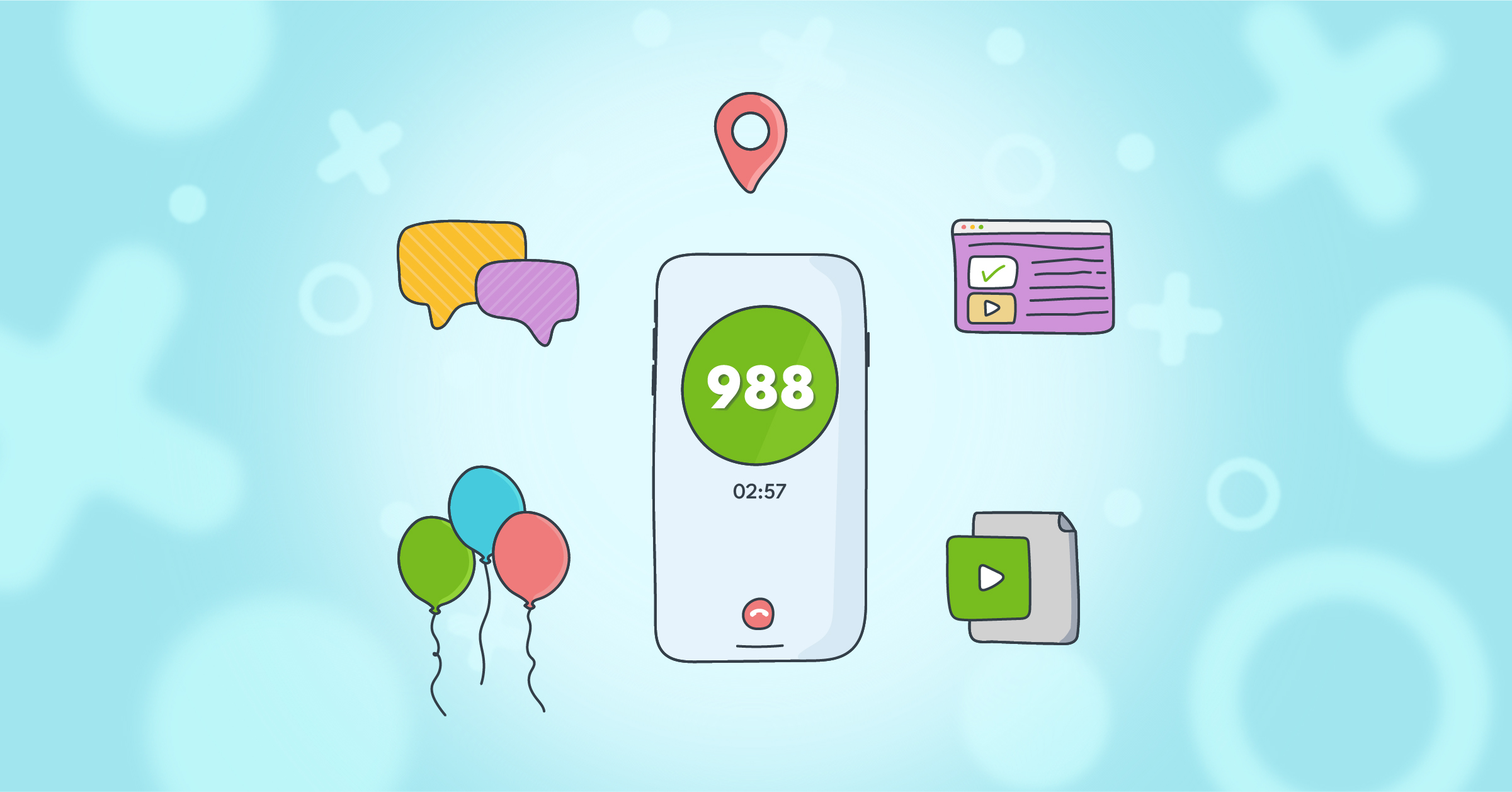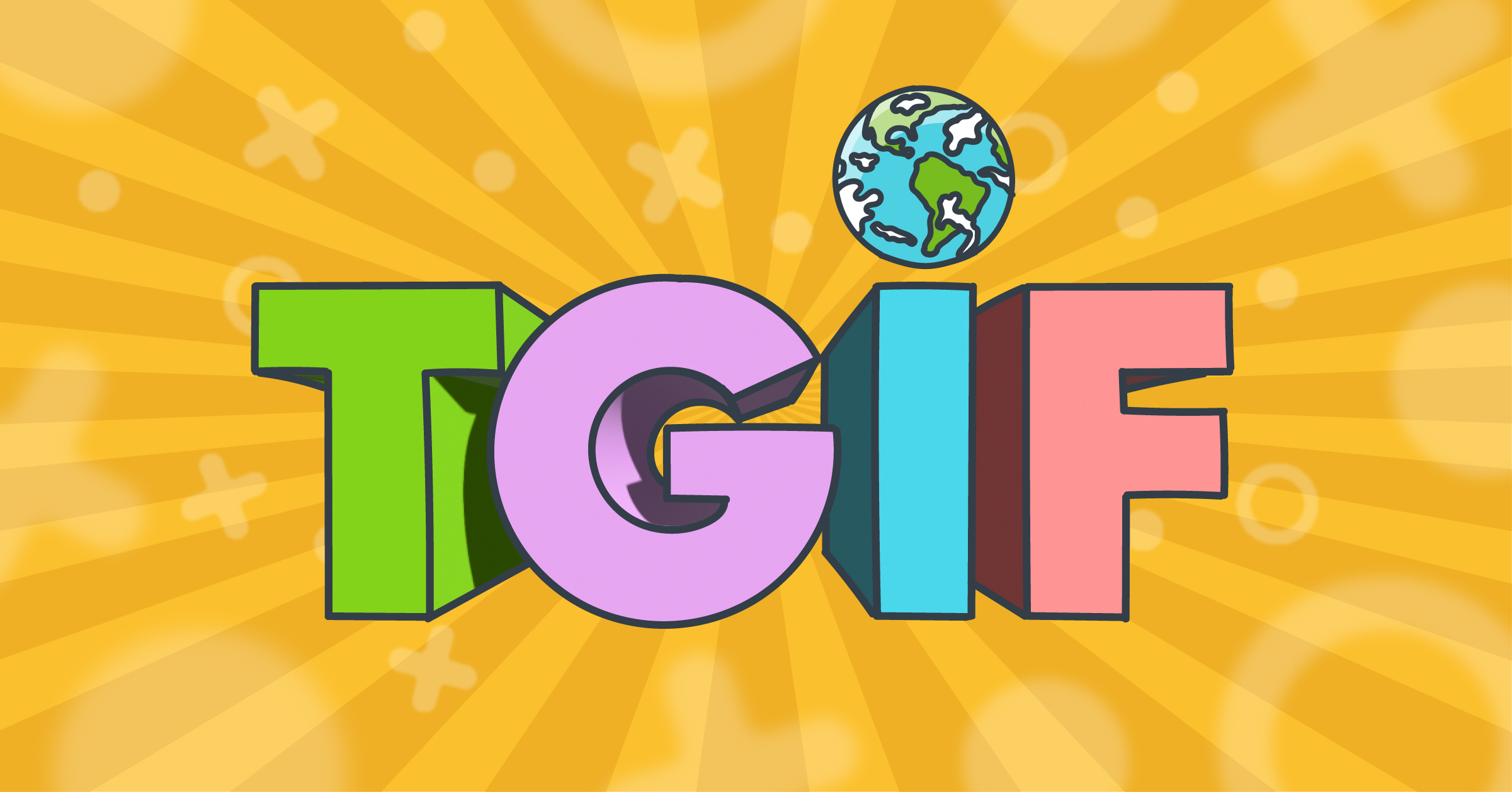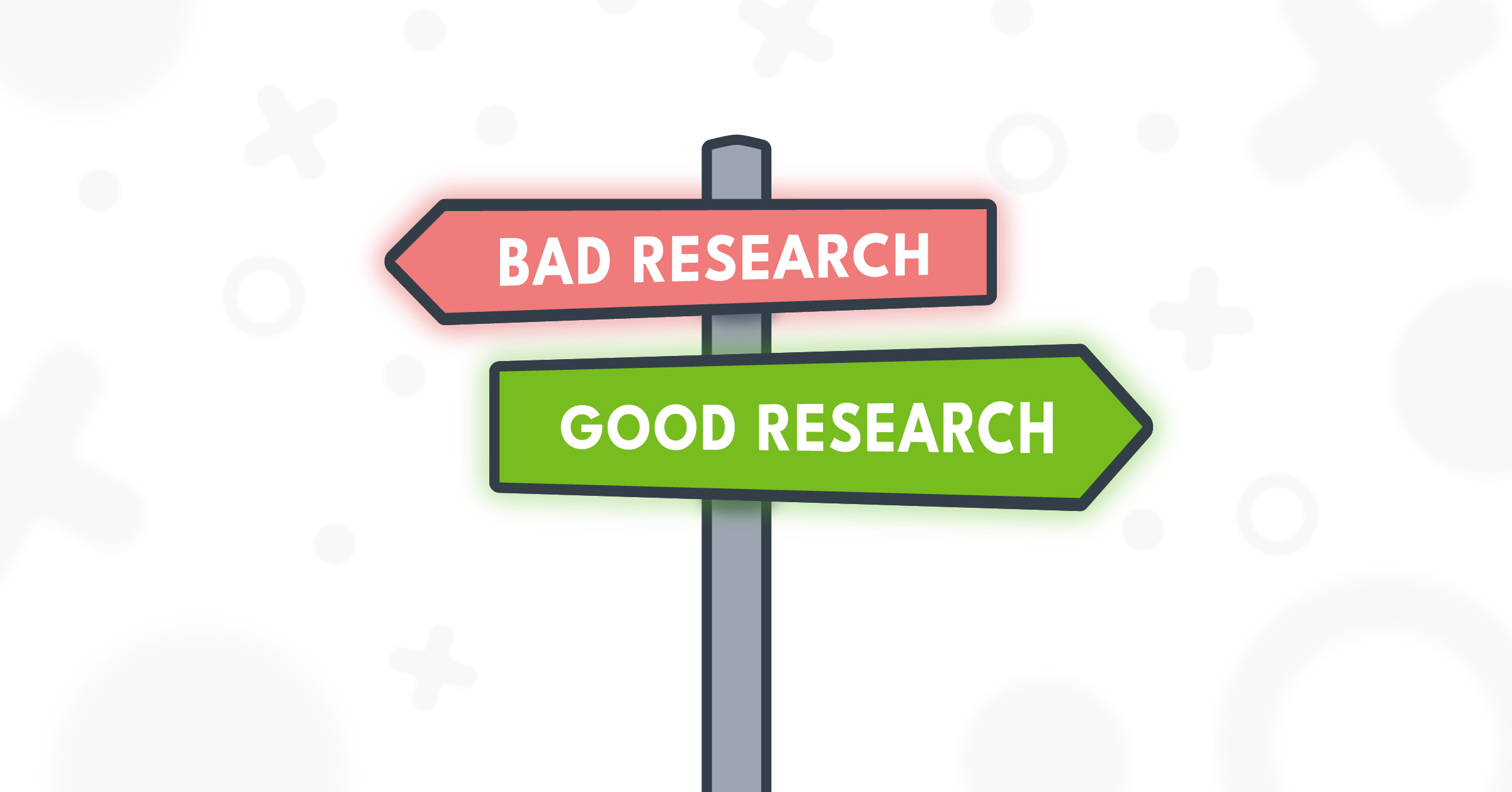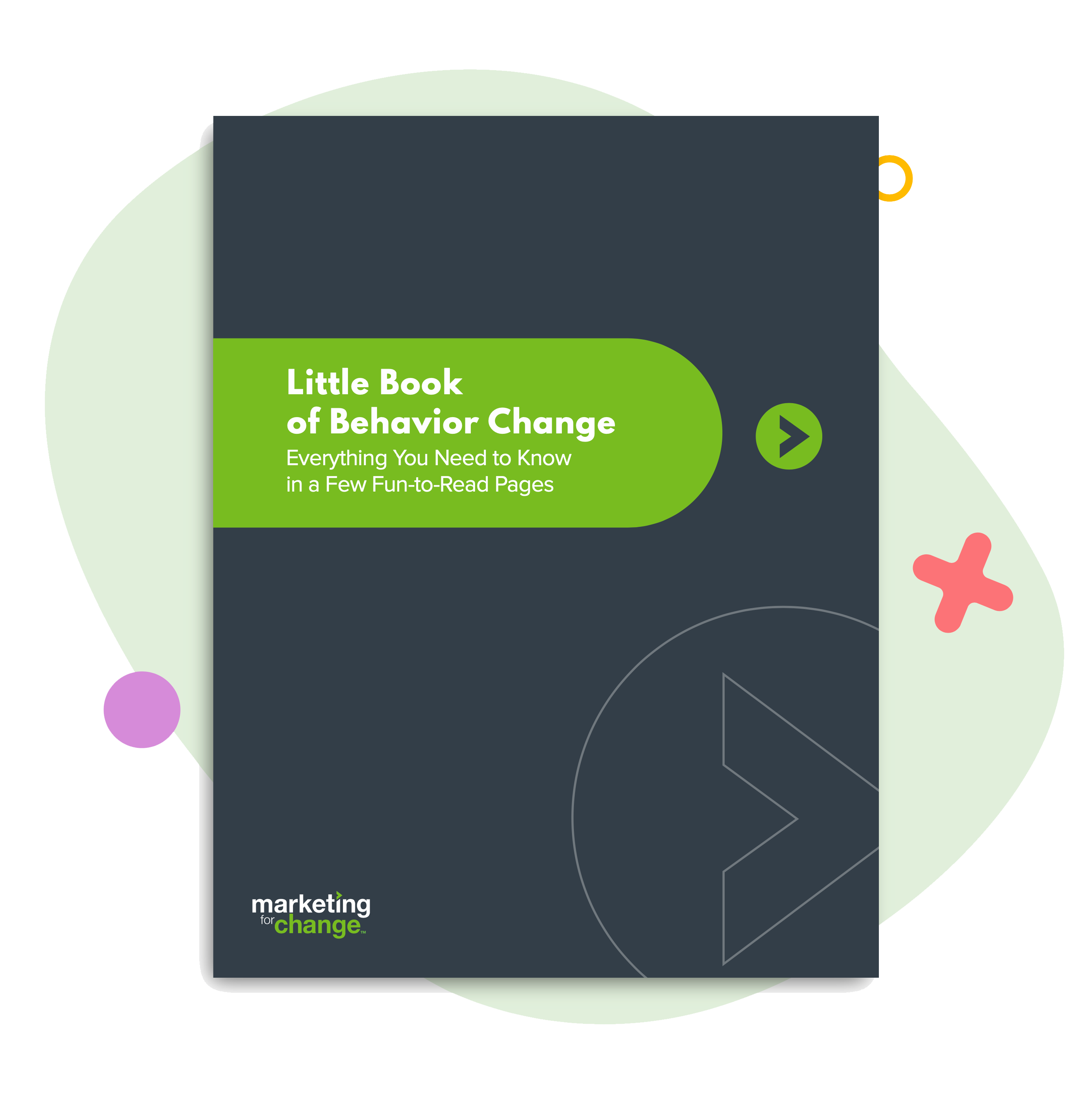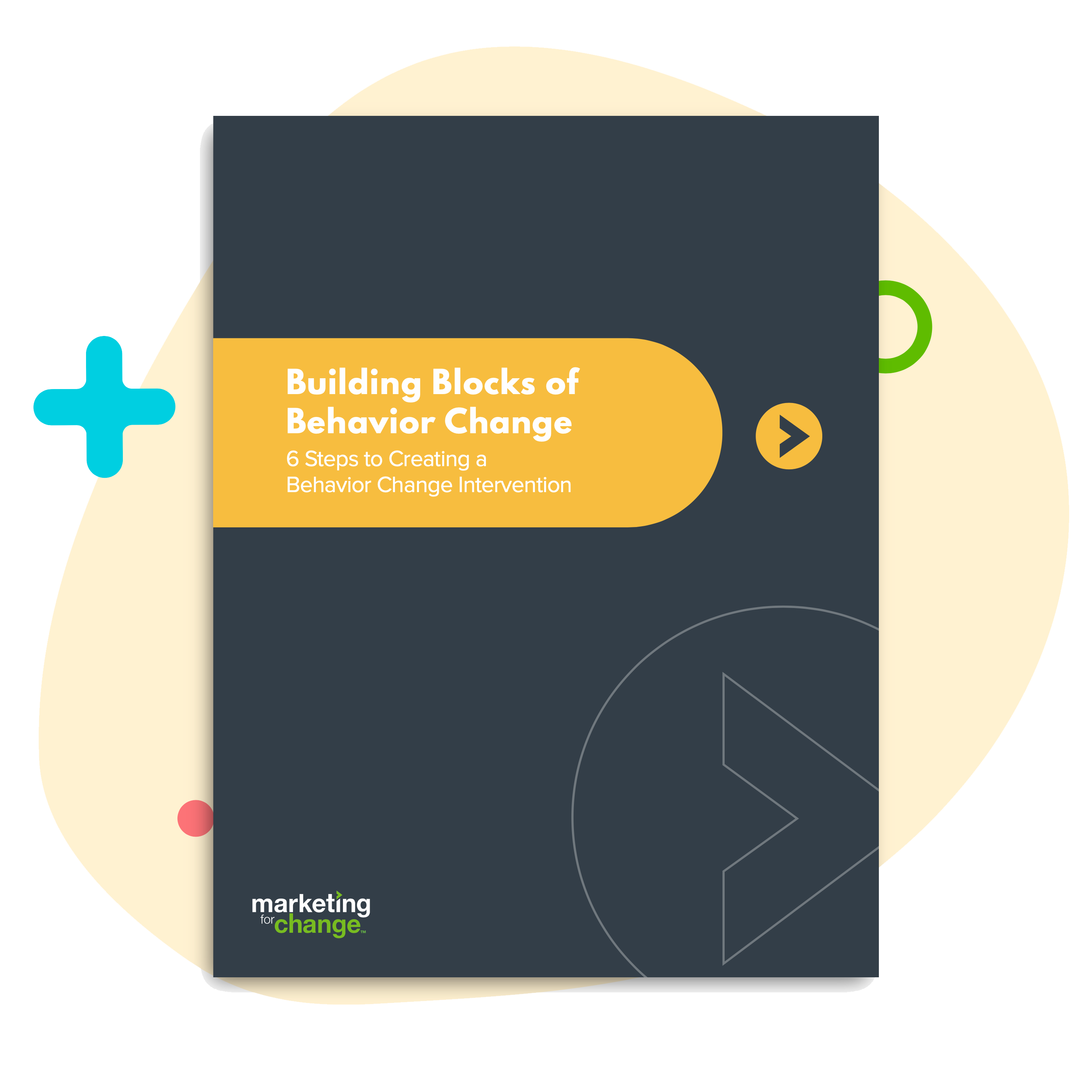
How to Tell If an Agency Really Does Behavior Change
Until just a year or so ago, I often had to spend a lot of time explaining what I do. Outside of certain public health circles, few people had heard of the concept of using marketing to “sell” beneficial behaviors. Now, social marketing — a.k.a. behavior change marketing — seems to be the flavor of the day. Lots of communications agencies these days are using the behavior change label to sell themselves.
If you work for a foundation, nonprofit, or government agency that is looking for a behavior change intervention, how can you tell if you are getting the real deal? Here are four quick clues:
1) Does your agency talk about research? Research is essential to every behavior change intervention. Without it you are shooting in the dark, and risk wasting your money or worse. The D.A.R.E. program, for example, which was taught in 75% of schools nationwide over three decades at a cost of more than $1 billion, at best had no effect — although arguably it displaced more effective approaches — and at worst encouraged drug use among some suburban teens. A 2003 GAO report that documented D.A.R.E.’s ineffectiveness was the beginning of the end, though it took the better part of a decade (and an end to federal funding) to remove the curriculum from schools.
Research is expensive, and there isn’t always budget for every project to do extensive environmental scans or formative research. But there are affordable workarounds. Check out our Behavior Change Research Guide to learn more.
2) Do they talk about the target audience? When your marketing or outreach campaign includes “everybody” you are guaranteed to influence nobody to change their behavior. And it’s best to do more than simple demographic segmentation (gender, age, ethnicity) whenever possible. One useful tool is using a “doer / non-doer” analysis to tease out some of the differences between people who do the right thing and those who do not. Earlier this month, when I was giving a behavior change marketing training to environmental outreach coordinators in Texas, a local bird rescue organization wanted to get “fishermen” to stop clipping the line when they accidentally hook a seabird. Rescuers are a phone call away and will respond in 15 minutes to help treat and release injured birds. I asked a simple question: Is anyone doing the right thing? Yes! Who? Local fisherman! We ended with a plan to talk to the locals to discover what they were doing that made rescuing seabirds “fun, easy and popular” for them. Those lessons can then be applied to a campaign specifically targeting tourists.
3) Does your agency focus on concrete behaviors and measurable goals? The more concrete and simple you can make a behavior, the more likely it is that your target audience will at least sample the behavior (the first step to deeper engagement). When we first worked with the Tampa Bay Estuary Program on a pollution reduction campaign, there were myriad behaviors they wanted people to do. We finally narrowed to “proper fertilizing,” which has quite a number of fairly complicated steps, one of which involves measuring your lawn and doing some math (you lost me right there). So we further narrowed the behavior to simply skipping fertilizing entirely during the summer rainy months. The good news: that was a message residents could absorb and apply (especially since the Be Floridian campaign asked homeowners to protect “fun.”). An online survey in the target community in 2015 found that 95% of respondents knew not to fertilize during the summer — and over half (52%) no longer fertilized their lawn at all.

4) When they talk creative, do they also talk strategy? We are a creative shop. That means we come up with lots of fun, creative ideas. But a good portion of those ideas go right out the window because they aren’t on strategy or don’t pull the levers on the 14 behavioral determinants that drive our work. If your agency starts talking creative execution before you’ve got your strategy pinned down, beware. You might end up spending your money on something that looks very pretty, and might even get a lot of attention, but doesn’t move the needle on the behavior you are trying to address. One of our favorite examples is the Got Milk? campaign, which may be one of the most well-known advertising campaigns ever. Their $110 million a year, two-decades long advertising campaign – further amplified by Got Milk? Barbie, a Hot Wheels Got Milk? delivery truck, as well as dozens of parodies – did nothing to actually sell milk. Daily consumption of milk has steadily dropped from from 0.96 cups per person in 1970 to 0.59 cups in 2011.
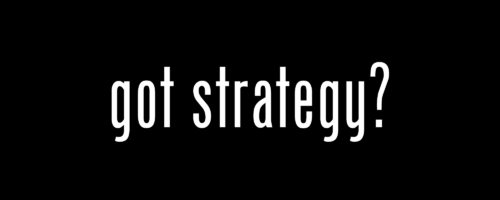
Behavior change may be the flavor of the day, but a poorly designed campaign will do little to make a difference on the issues you care about – and the world needs effective behavior change approaches now more than ever. Whether you are hiring an agency or going DIY, make sure you do enough research to truly understand the problem, define a clear target audience and concrete target behaviors, and then set behavioral goals as well as a strategy to achieve them.

Sara Isaac is Chief Strategist at Marketing for Change.

